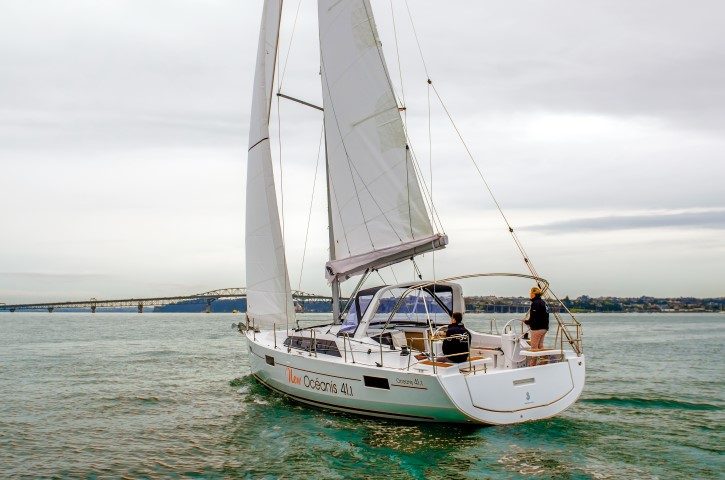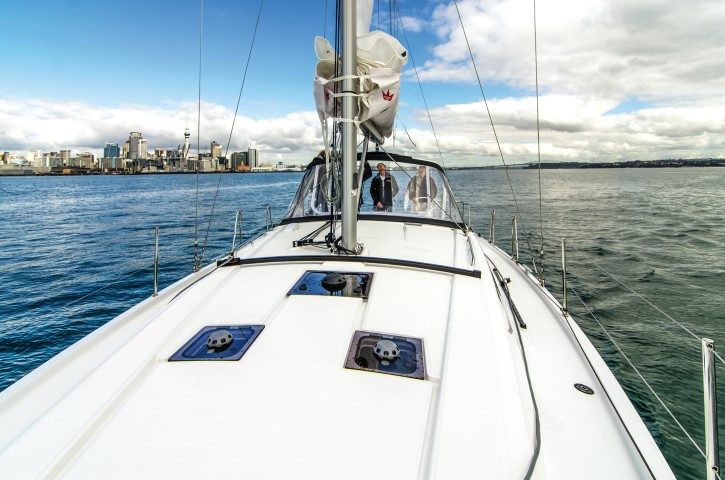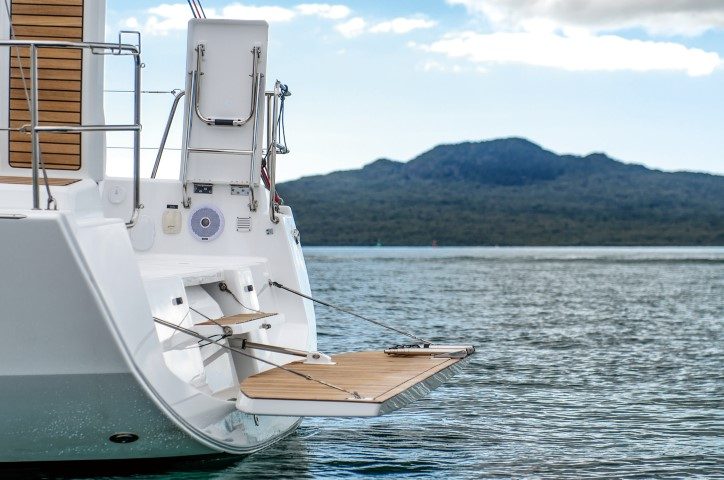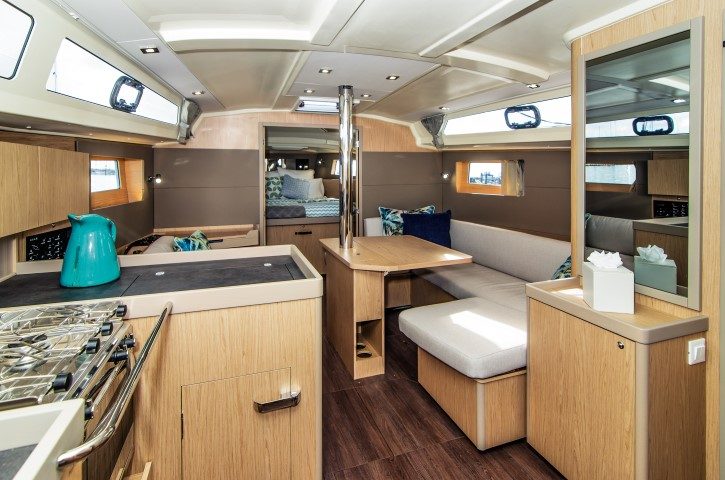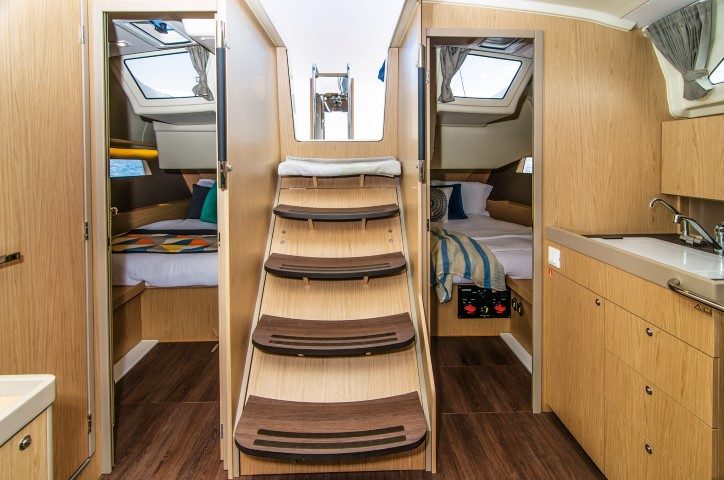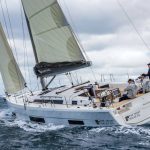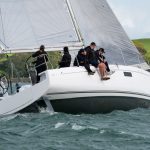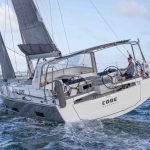‘Behemoth’ is a word which springs to mind or, perhaps more nautically, ‘leviathan’.
- Bow thruster
- Lighter and faster than the previous Oceanis 41
- Huge cockpit
- Common rail 45hp Yanmar
- Electric winches
- Update of Oceanis 41
- From one of the world's biggest builders of Cruising yachts
- Quiet under engine
- No traveller
- A lot of boat for the length and the money


